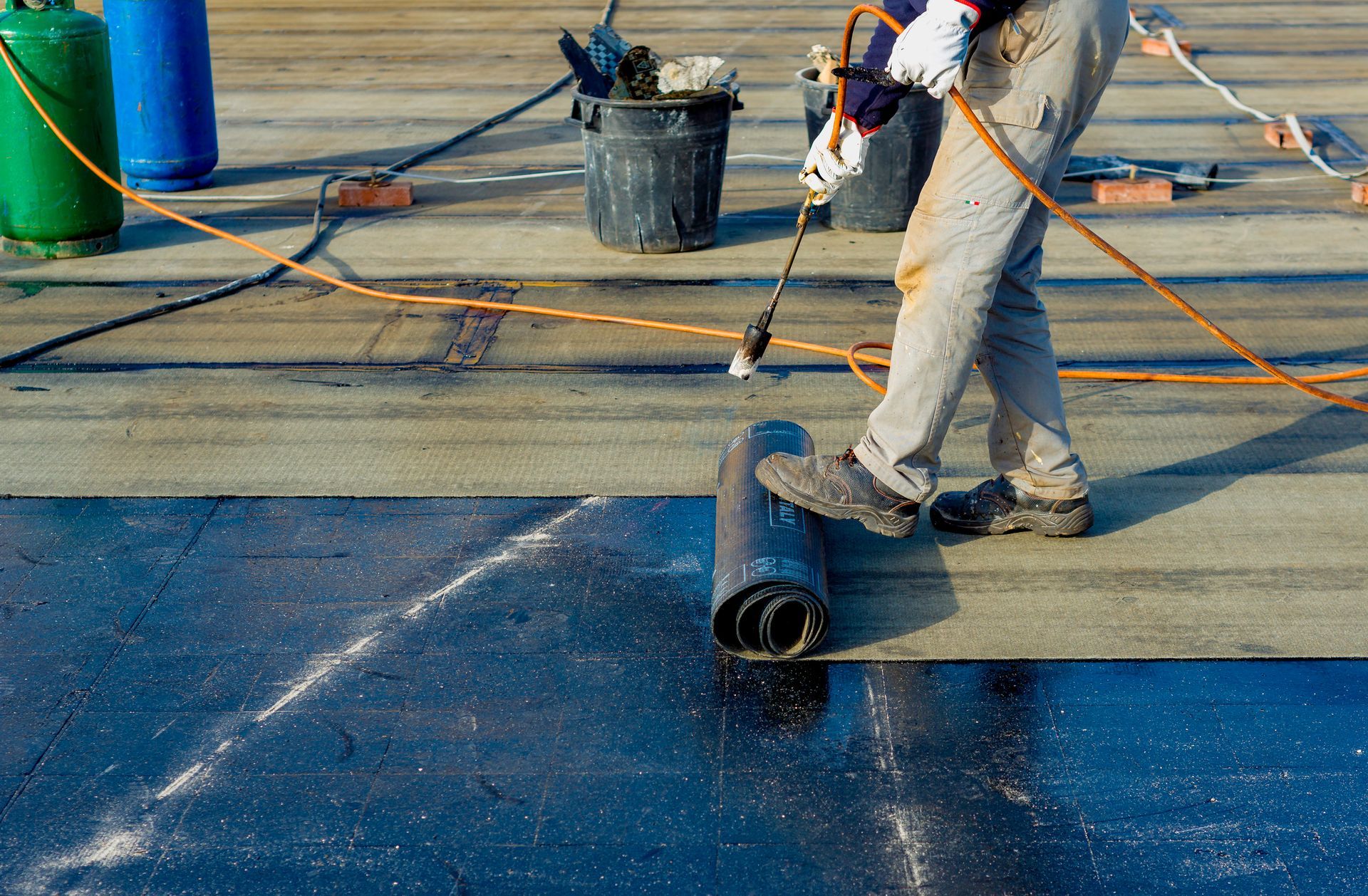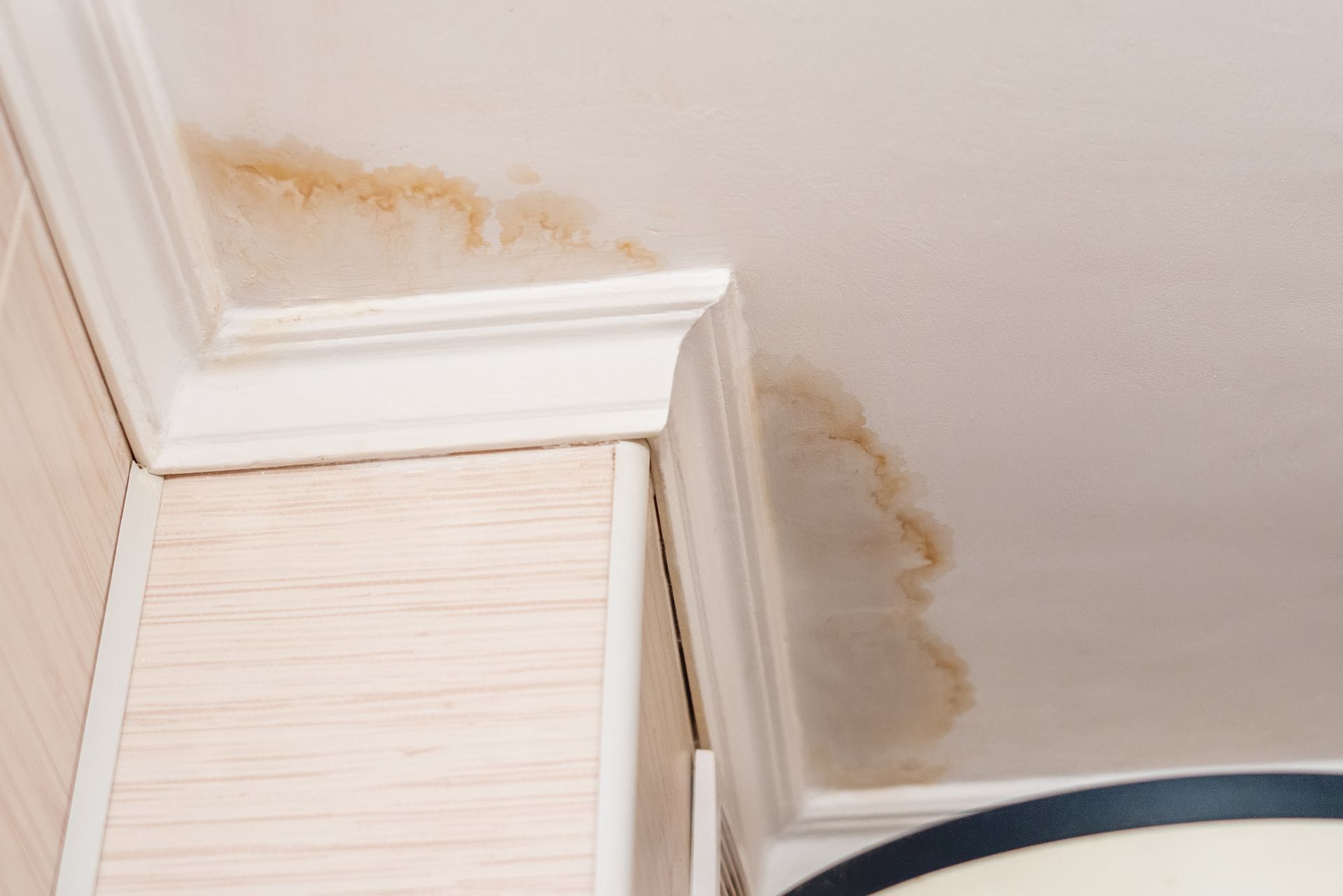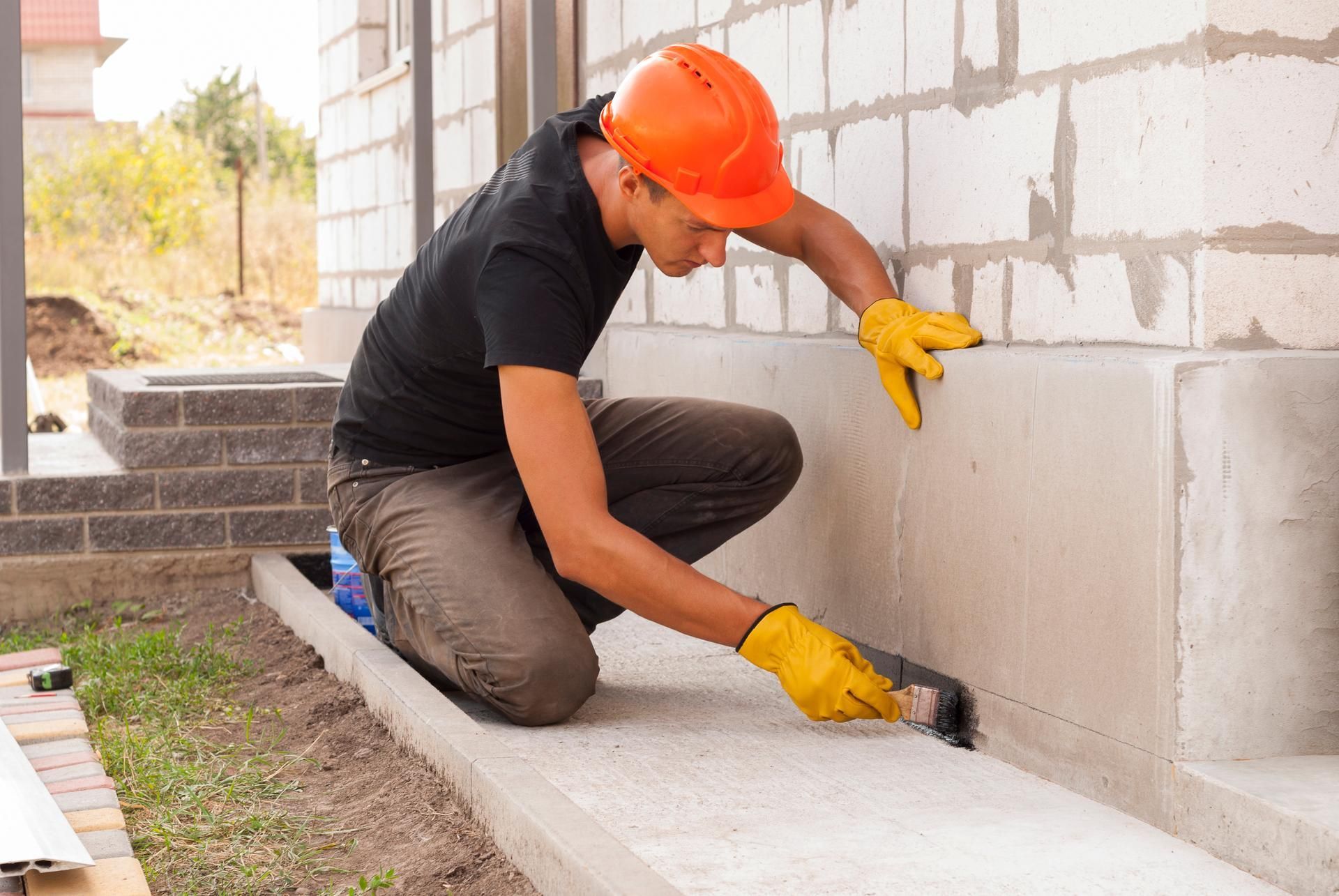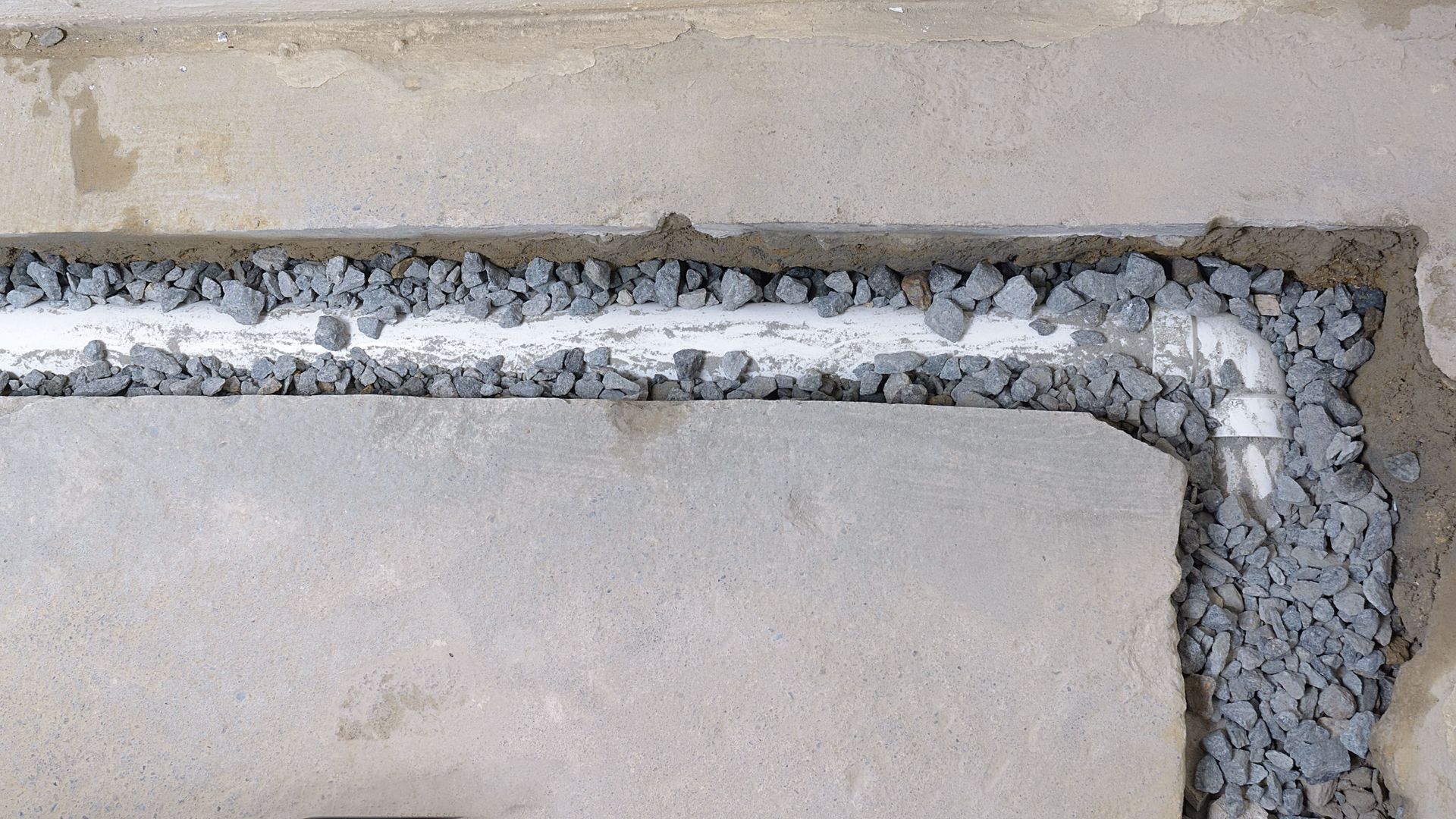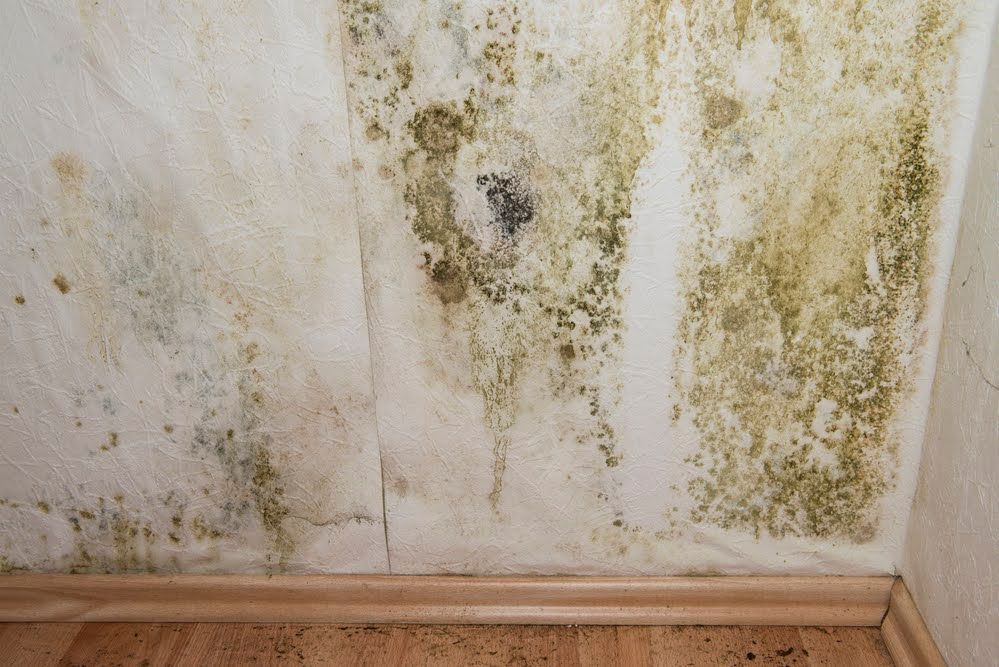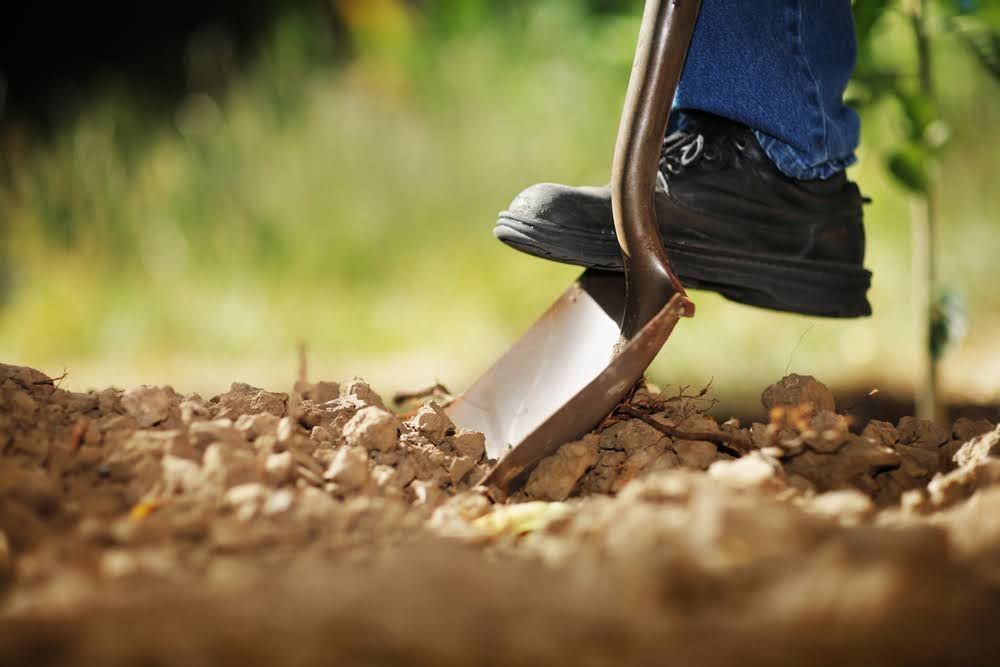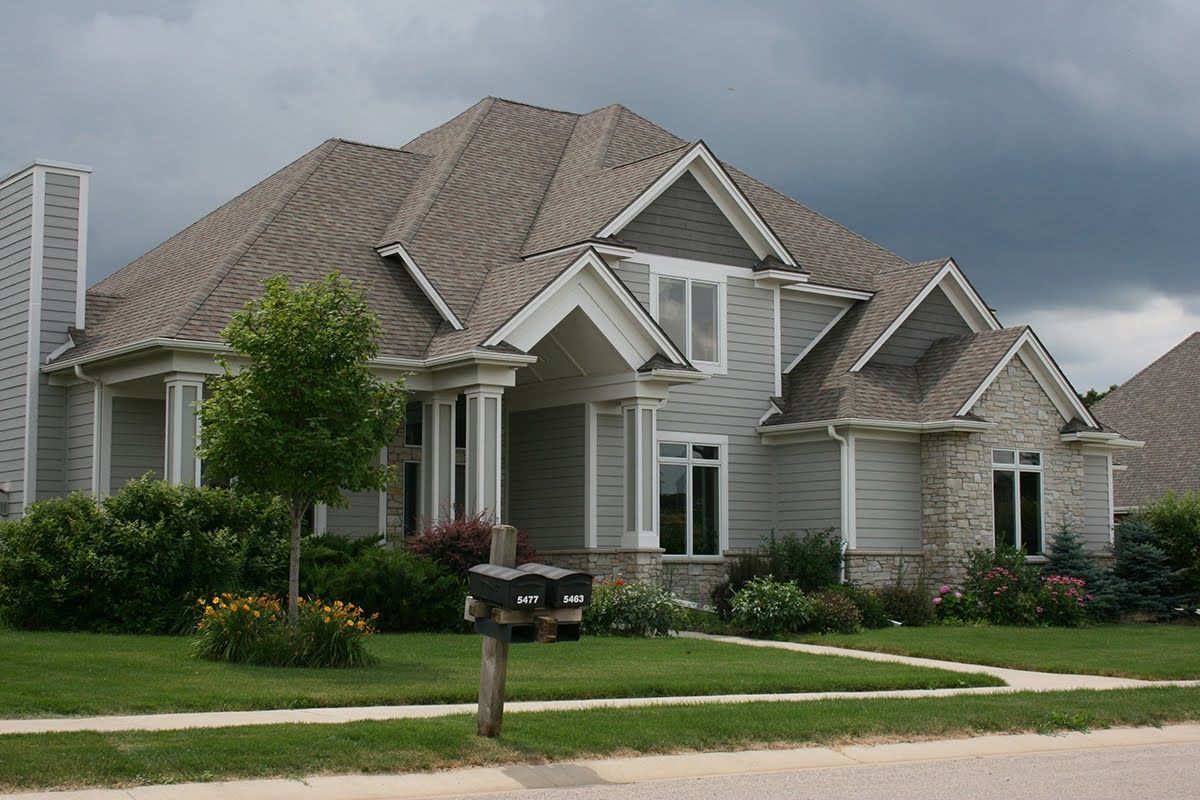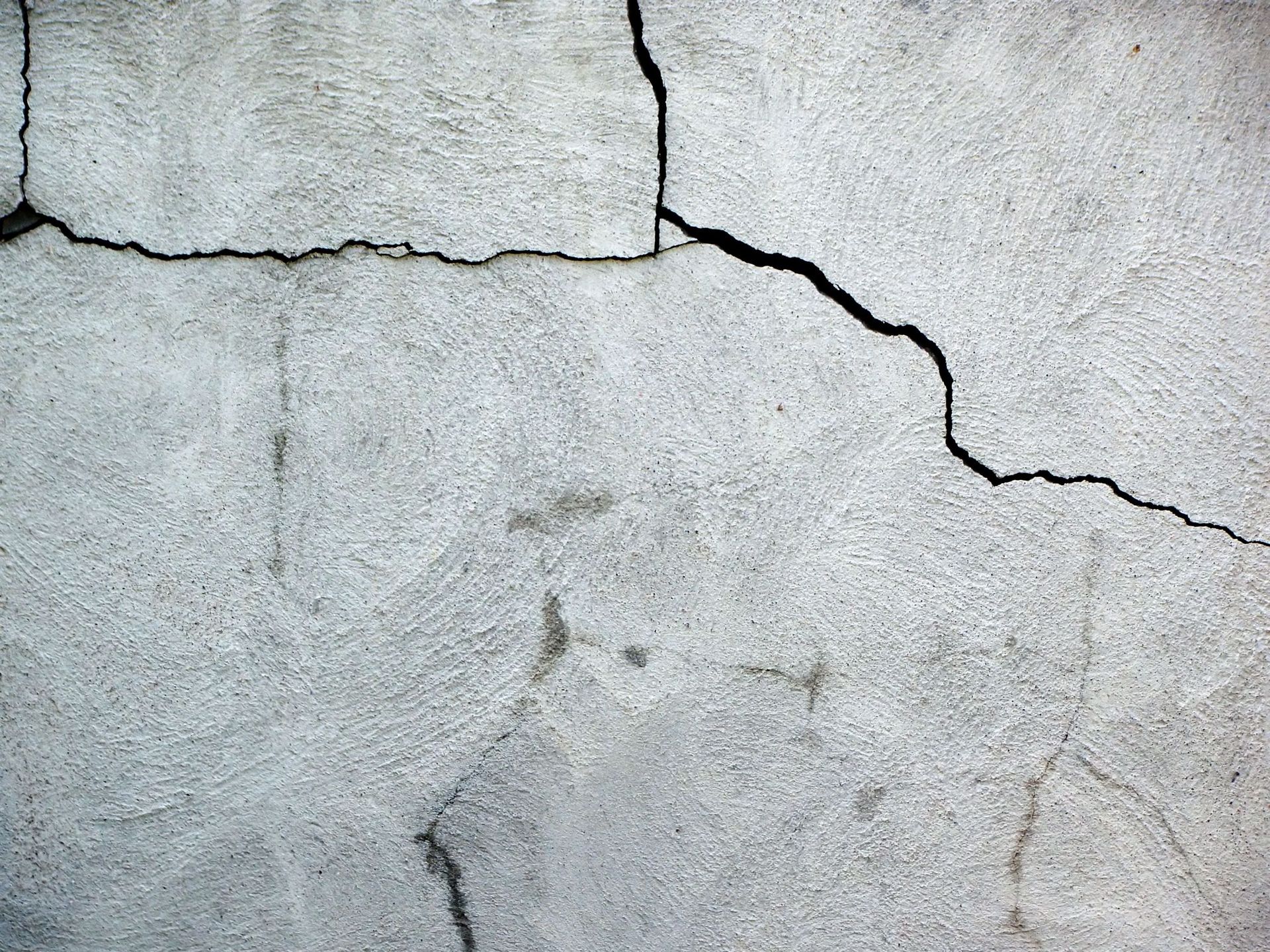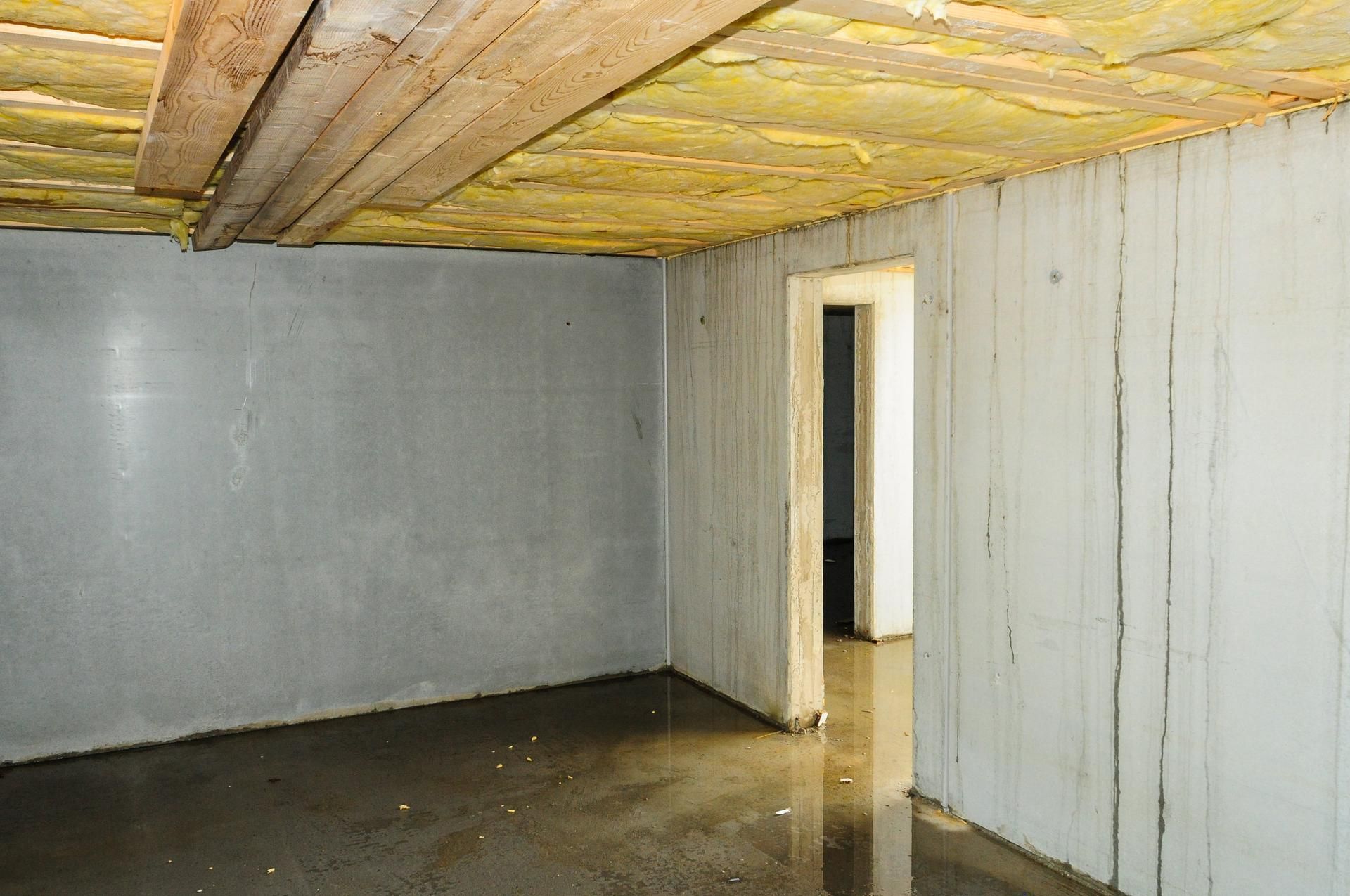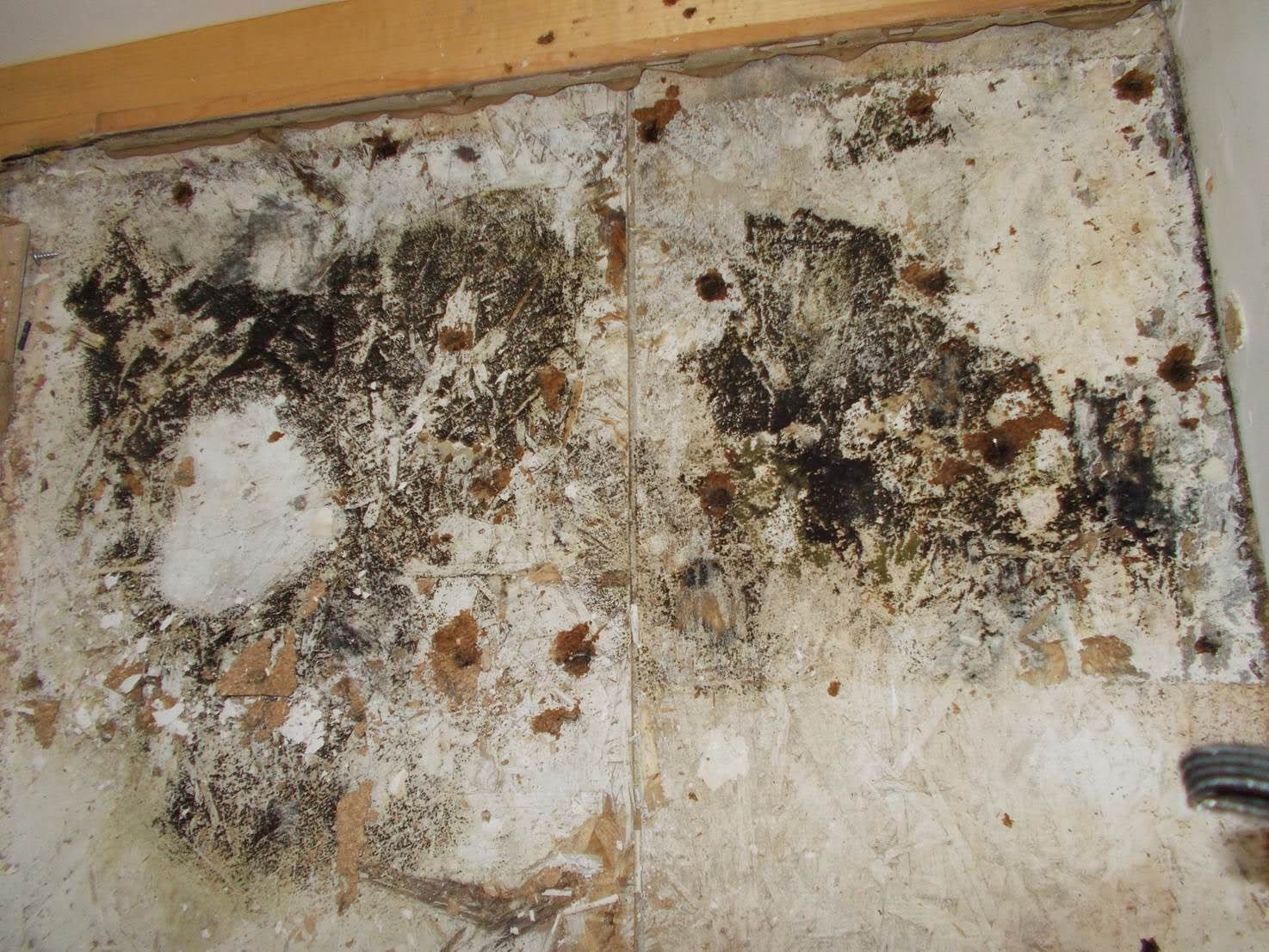Warning Signs of Water Damage in Your Foundation
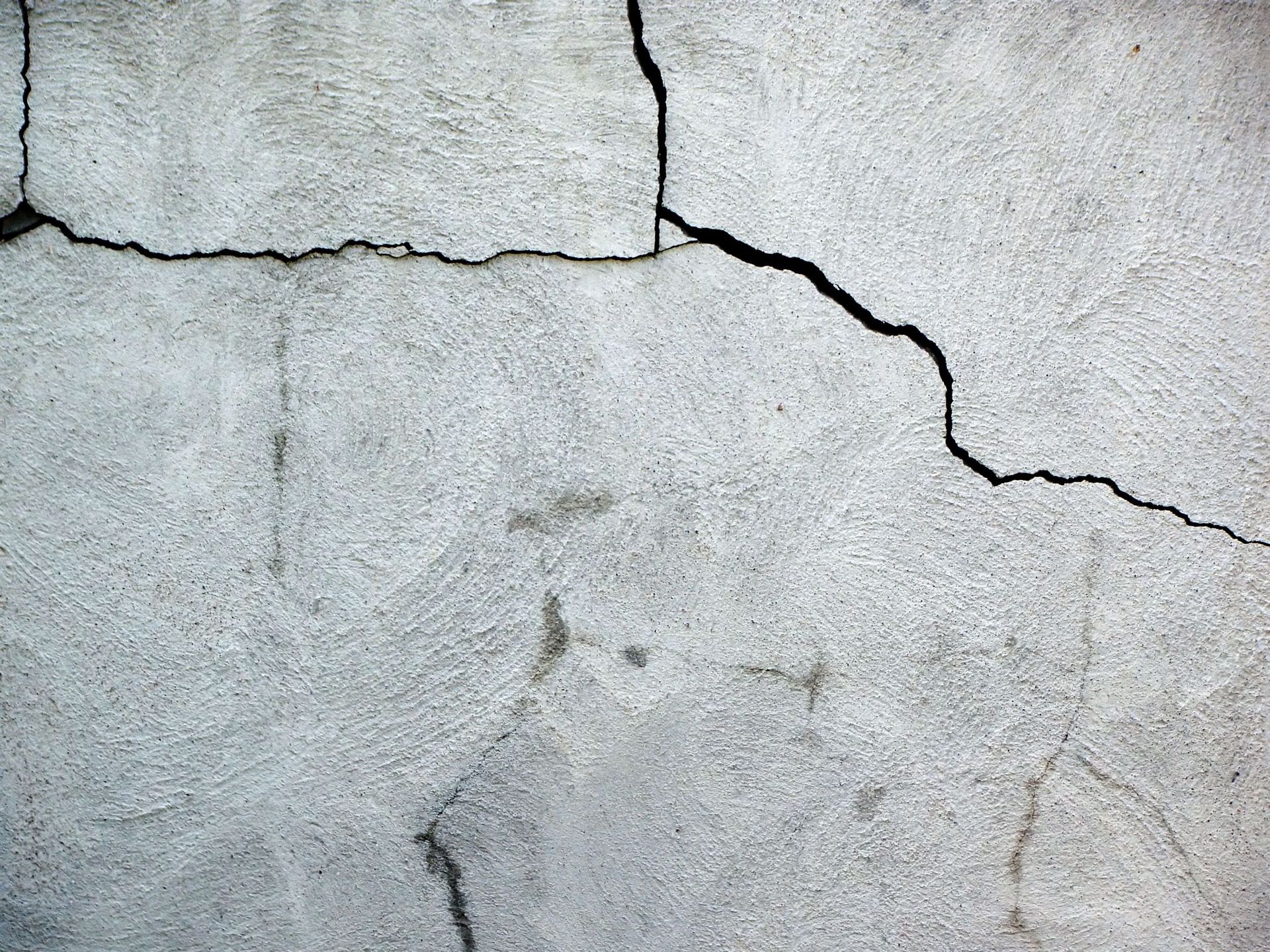
Your home's foundation should withstand wear and tear for many years. But geologic hazards, soil type, and seasonal changes can destroy the foundation's structural integrity. You may not notice the problem since the damage may take months or years to become conspicuous.
When you detect water damage early, you can prevent the problem from spreading further. Here are signs of water damage in your foundation.
Foundation Cracks
Foundations can crack for various reasons, including soil shifting. But the main cause of foundation cracks is water from the exterior that exerts excessive pressure on the foundation walls. Rainwater can also saturate the surrounding soil and exert pressure on the foundation walls.
Foundation cracks appear on either the inside or outside of your home's foundation walls. The cracks might be small and hide behind the landscaping. Call a professional to inspect the foundation if you notice long, narrow, and horizontal cracks on the foundation wall.
Mold Growth
The buildup of moisture in the basement can attract mold. You will notice greenish, whitish, or greyish substances on your foundation walls. The mold will damage porous concrete and materials like floorboards, dry walls, carpeting, and wallpaper. Mold can also cause allergic reactions such as sore throat, sneezing, headaches, and coughs.
Musty Smells
Cracks in the foundation will allow water and moisture to build up in the foundation walls. Moisture attracts mildew, dust, and mold to the basement. These particles will build up on your foundation walls and release a pungent or musty odor. With poor airflow in the basement, the excess moisture will continue attracting more foul-smelling particles to the foundation walls.
An awful smell may also be a sign of basement contamination by raw sewage or bacteria in floodwaters. Decaying wood in the basement may also emit musty smells.
Gaps in Cabinets, Windows, and Doors
Water damage can cause the foundation to shift and the walls to warp. This movement causes windows, doors, and cabinets to misbehave and form gaps. The windows and the doors will fail to close, open, or latch properly.
If your house has double doors, the doors will fail to align properly. The movement will also create gaps that allow heat to escape from your home. Another impact will be cabinets and counters that pull away or separate from walls.
Heat loss forces the HVAC to work harder, leading to high energy bills. Remember that doors can misalign and have gaps because of high humidity levels in your home. High humidity can accumulate in your home after flooding or heavy rain. But if the frames are pushing against the walls, the problem might be water damage in the foundation.
Leaning or Discolored Walls
A failing foundation can cause the slab to move upward and displace the surrounding soil. The lack of soil near the foundation will allow tree roots to grow into the foundation cracks. This can tilt walls. The walls will then lean or bow and might collapse if the load becomes excessive.
Water can also infiltrate the structural components of the foundation wall. Minerals in the water can dry within the concrete and cause stains. The stains can also include a white, chalky material called efflorescence. These stains might spread to your wallpapers and carpet if you don't repair the cracks in the foundation.
Excessive Dust Accumulation
Dust is a regular occurrence in most basements. But if you notice a hurricane of dust in the basement, the problem could be water damage. Moisture attracts dust and will stick to it upon contact.
Water damage in the foundation can affect the structural integrity of your home and cause other problems. One way to prevent water damage is to waterproof your home. Central Penn Waterproofing is a full-service waterproofing company that offers solutions to correct waterproofing problems. Contact us to get a quote.
Contact Information
Email: hopecarson3@aol.com


